ESA ASTRA 2025 - the symposium brings together the European AI & Robotics community
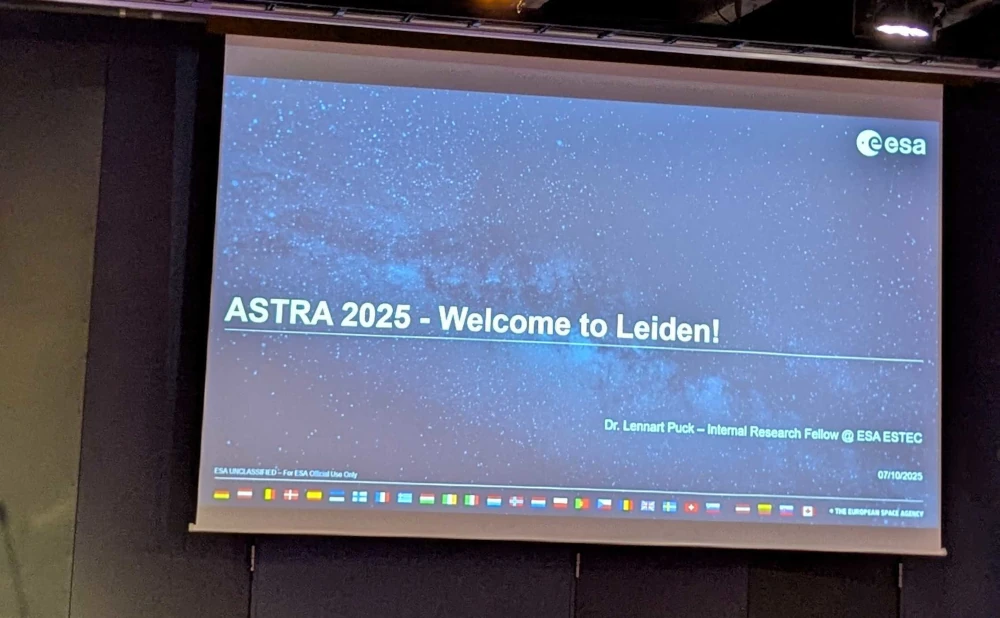
Between October 7-9, 2025, the European Space Agency (ESA) hosted the ASTRA 2025 symposium at Scheltema, Leiden (The Netherlands). The event brought together participants from academia, industry, and government agencies to discuss the latest advancements in AI and robotics for space exploration. The symposium featured keynote speeches, technical sessions, and panel discussions on a wide range of topics, including in-orbit servicing, planetary exploration, and autonomous systems.
ESA and NASA - future direction of space exploration
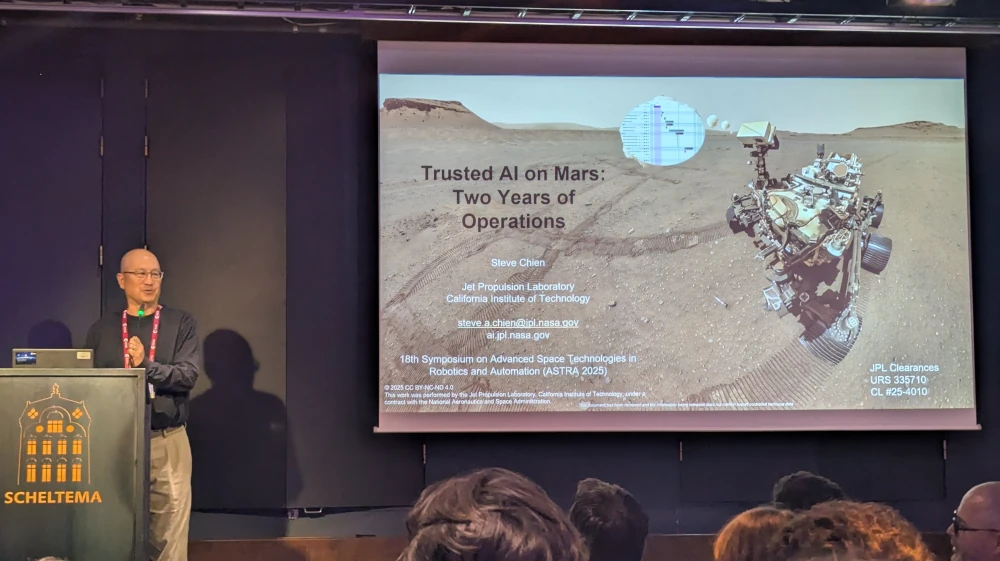
During the conference, representatives from ESA and NASA discussed their approaches to AI and robotics in space exploration. Many speakers focused on the previous missions, such as the Mars rovers, how they developed their systems, how they maintained them, and what lessons they learned. The discussions also put a strong emphasis on the future direction of space exploration, including current and upcoming missions, such as the Sample Return mission and ESA Rosalind Franklin rover.
Space companies, robotics and AI
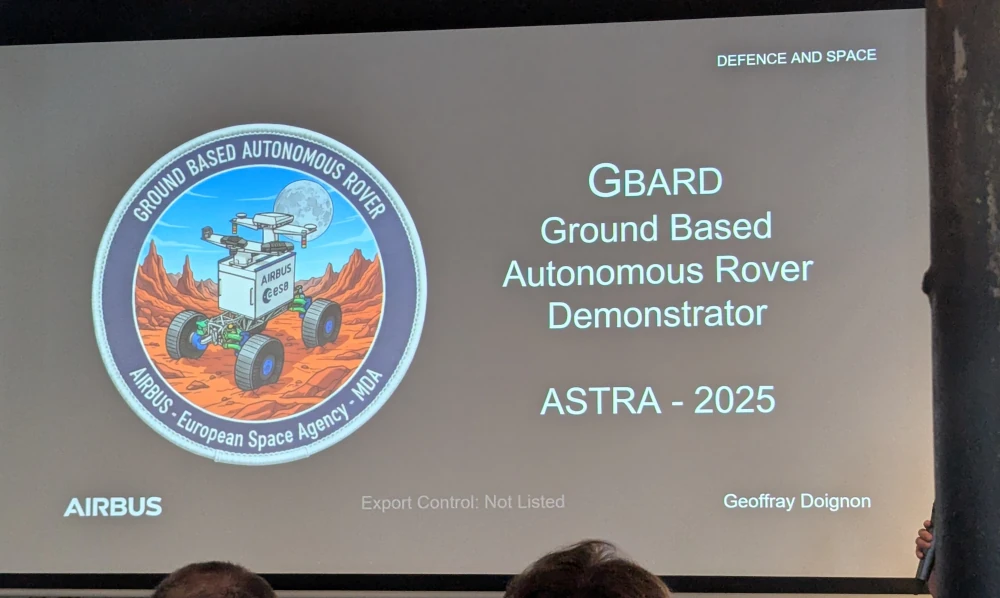
One of the highlights of the symposium was the special session dedicated to lunar rovers, which featured presentations from leading companies in the field, including Airbus, Space Applications Services, Thales Alenia Space Italia, Ispace Europe, and GMV. The session provided insights into the latest developments in lunar rover technology, including advancements in mobility, autonomy, and scientific instrumentation.
Poster session and networking
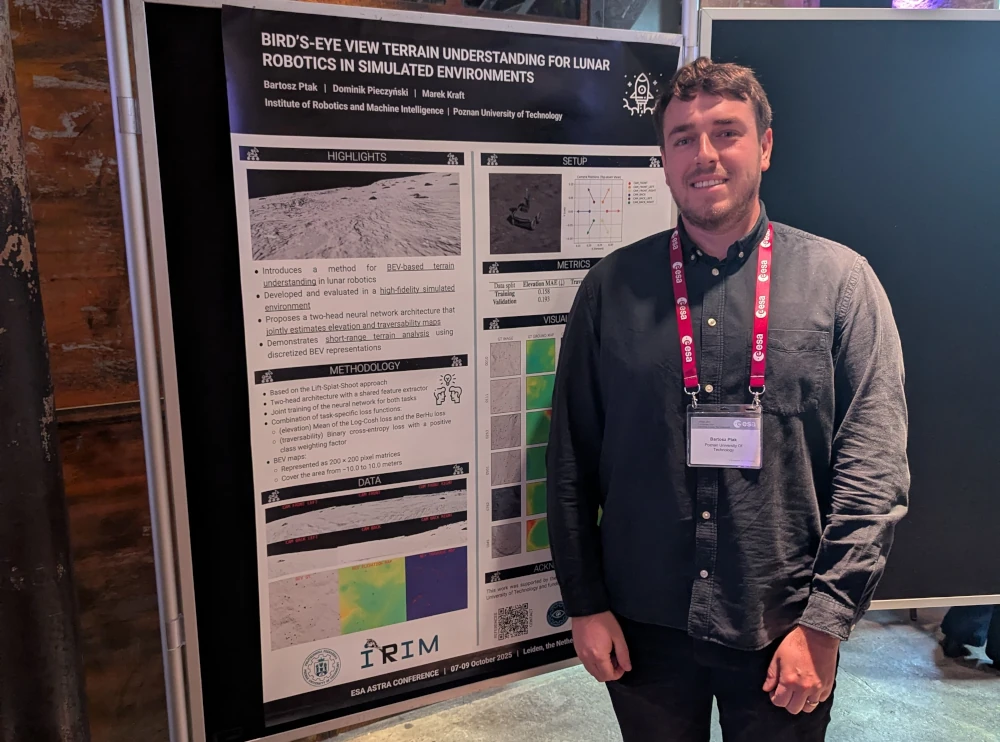
The networking was connected with the poster session, which showcased the latest research and development in AI and robotics for space exploration. The posters covered a wide range of topics, including machine learning, computer vision, and autonomous systems.
One of the posters was presented by our team member, Bartosz Ptak, who showcased his work on “Bird’s-Eye View Terrain Understanding for Lunar Robotics in Simulated Environments”. The poster received positive feedback from attendees, and Bartosz had the opportunity to discuss his research with other experts in the field.
ESTEC - the largest space research and technology center in Europe
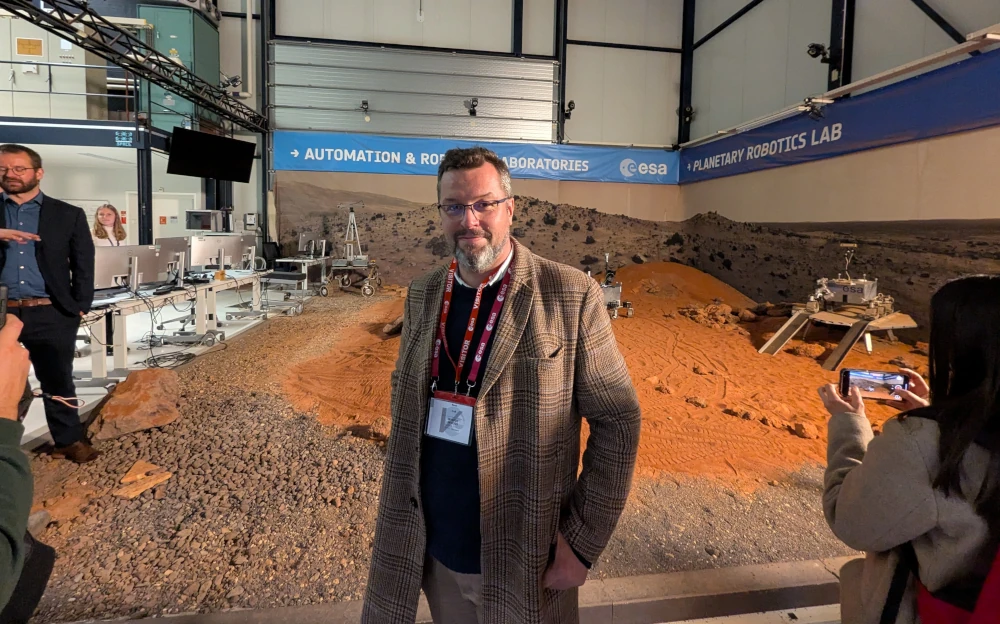
The final day of the symposium included a tour of the European Space Research and Technology Centre (ESTEC) in Noordwijk, The Netherlands. ESTEC is the largest space research and technology center in Europe and serves as the technical heart of ESA. During the tour, attendees had the opportunity to see three of the center’s key facilities for robotics and AI research.
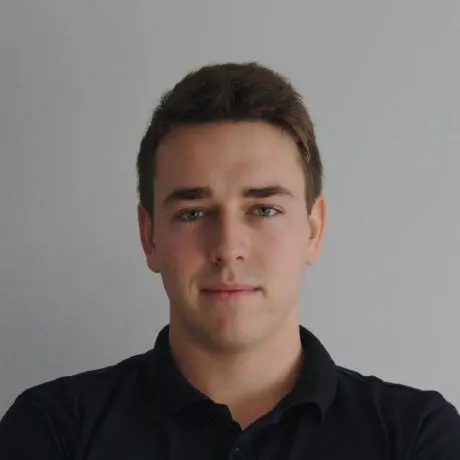

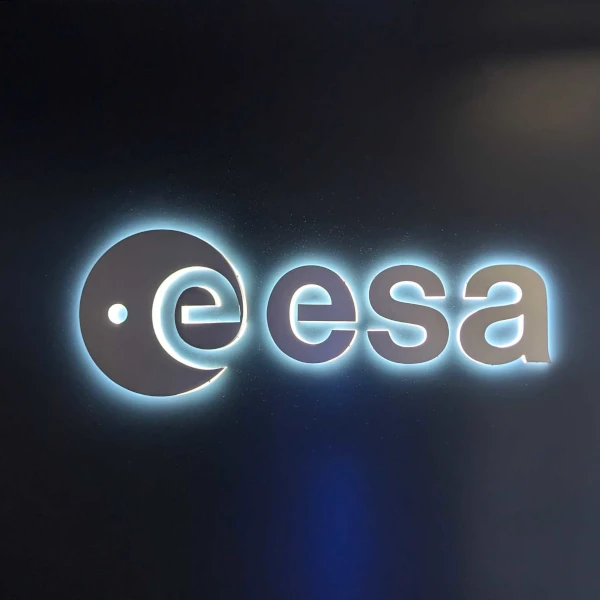
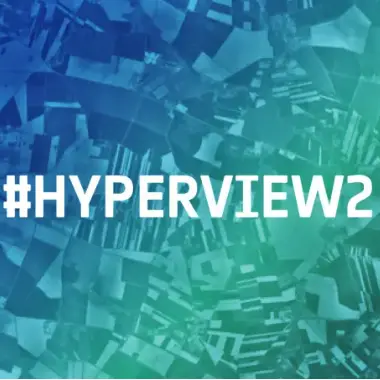
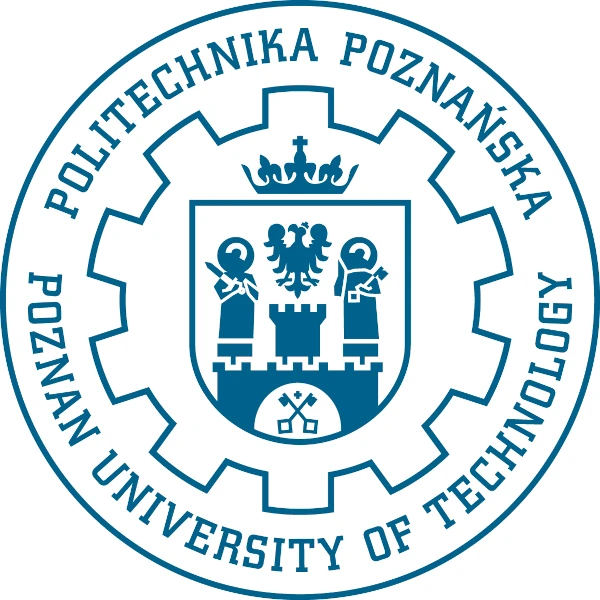
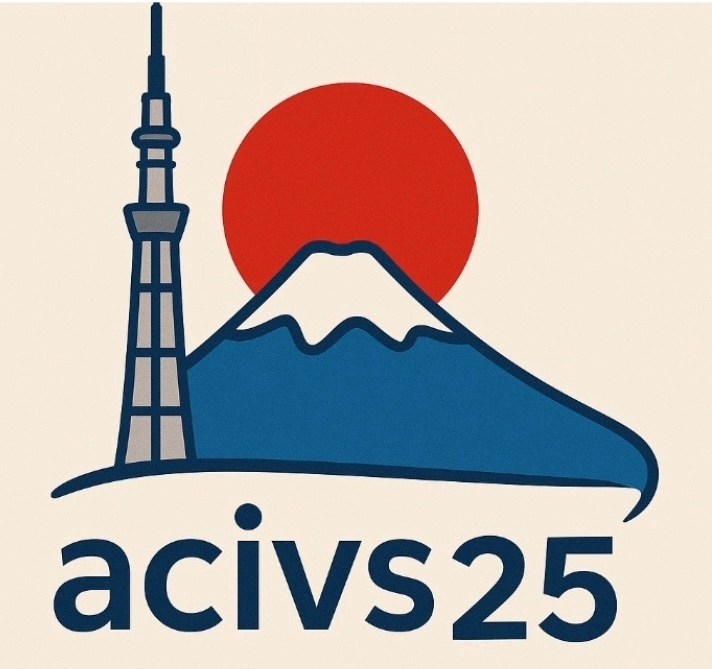
Comments